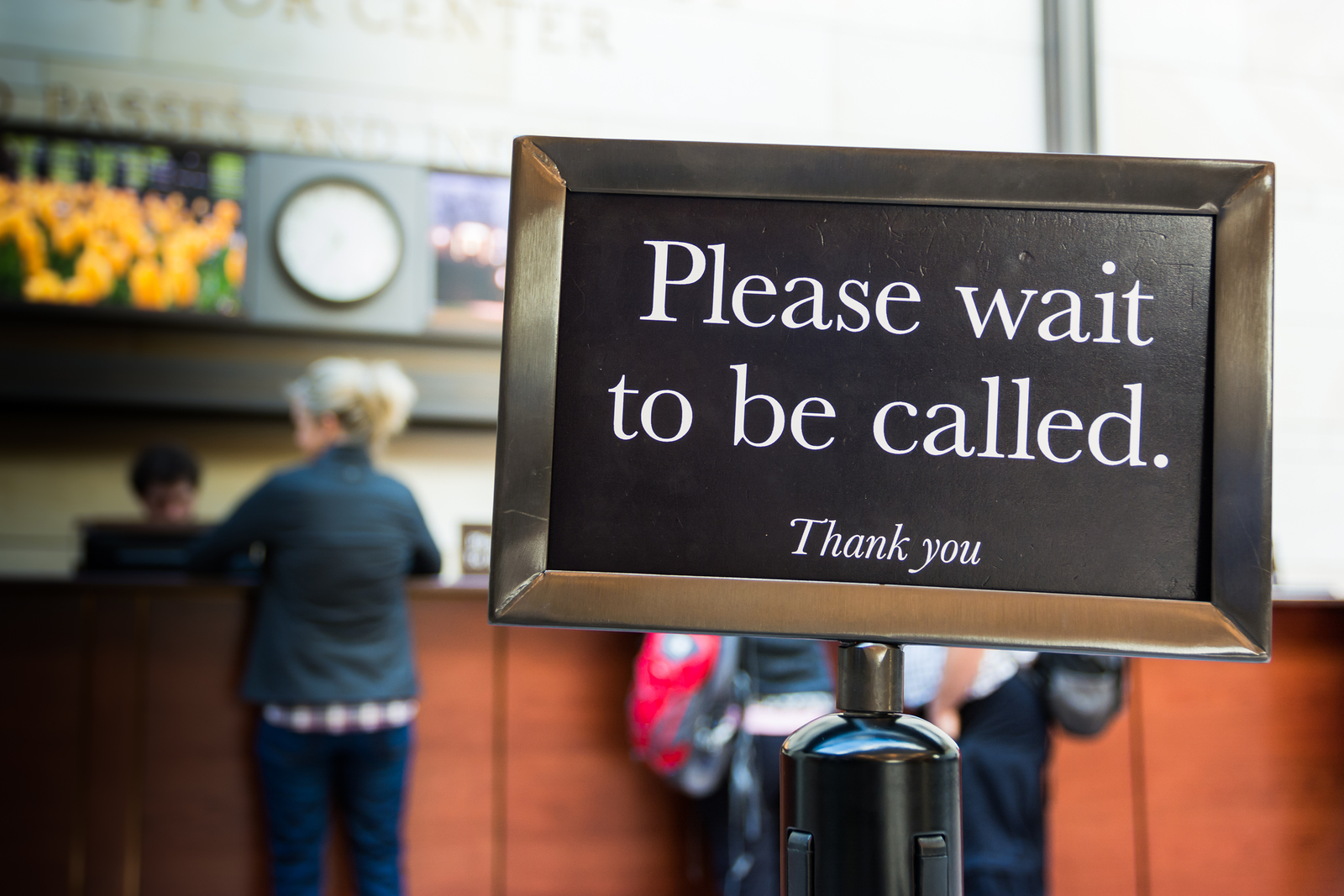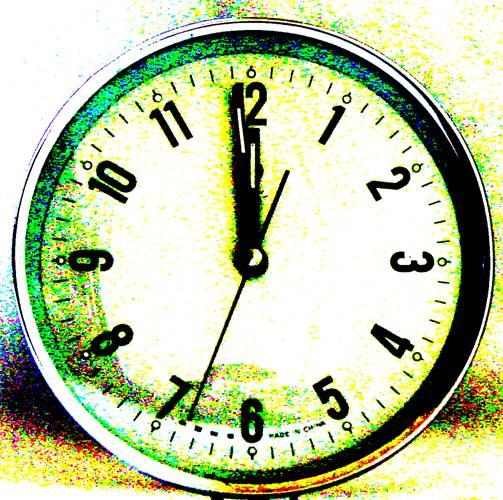The prank was pure genius.
Two boys, each about 12 years old, stood on opposite sides of the road. As a car approached, the boys would pantomime picking up a rope and pulling it taught across the road.
This caused speeding cars to slow down as the drivers perceived they were about to run into whatever the boys had stretched across the road. They couldn't see anything in front of them, but the boys' actions told the drivers' subconscious brains that some danger lurked ahead.
Of course, there was no rope. The drivers were reacting to their perception, not reality.
Customer service is often the same way. The experience is almost always amplified for good or bad by invisible ropes—things that alter your customer's perception of reality.
This post will help you identify invisible ropes that might annoy your customers and ruin their experience.
Wait Time
Customer service often involves waiting. Waiting in line for help. Waiting in line to make a purchase. Waiting on hold for a customer service representative to answer the phone.
Long waits tend to make customers very unhappy, but there's an invisible rope here.
A 1996 study by researchers Ziv Carmon and Daniel Kahneman revealed that people overestimate wait times by as much as 36 percent. They discovered several factors in particular that increase our perception of how long we've been waiting:
Expectations: The wait time is longer than we expected it to be.
Fairness: People are cutting in line.
Competition: Another line appears to be moving faster.
Movement: The queue is moving slowly.
Line Length: We can see a long line.
Boredom: Our wait time perception increases when we are bored.
Unpredictability: There is no information telling us how much longer it will be.
The easiest fix is to shorten the actual wait., but that's sometimes not possible. So some companies have found a set of techniques to make the wait time feel shorter.
Contact Friction
Customers must often deal with an unnecessary amount of friction to contact a company, even for the most basic of transactions.
A 2015 study from Mattersight found that 66 percent of customers who called a contact center were frustrated before they even started talking to a live person. The amount of phone menu hoops we have to jump through is ridiculous.
I recently tried to sign up for a webinar that looked mildly interesting. The registration field for this free event contained 20 required fields. Suddenly, I was no longer interested.
A certain florist has been sending me several spam emails per day, ever since I made the mistake of ordering flowers through its website. I never signed up (hence, spam), and I've clicked "unsubscribe" on multiple emails. All to no avail.
Perhaps I can send a simple direct message on Twitter? Nope! The "primary" Twitter handle directs customers to the customer service Twitter account. That account still uses outdated techniques, such as requiring customers to email, or follow the account so the customer can san a direct message.
I won’t be ordering from that company anytime soon. (Side note, if your company uses Twitter, make sure your account is set up to allow customers to send you a direct message without following you, like mine.)
In reality, this extra effort might add an additional minute or two to the interaction. That's really not too much, but it's the perceived waste that really annoys us.
The solution here is simple. Make it as easy as possible for customers to contact your company. If you’re having difficulty getting support to make necessary changes, ask your executives contact your company through the same channels your customers use. That should get their attention.
Friendliness
So many customer service situations can be solved or ruined based on the perceived friendliness of the employee.
A restaurant meal can become "an amazing experience" or the "worst meal ever," depending on the rapport the server can develop with their guests.
A retail shopper can become "a customer for life" or vow to "never go back," based on the retail associate's ability to listen carefully to the customers' needs.
A cable company can ensure a problem is "quickly solved" or deliver "nightmare customer service" based on the technician's ability to solve a problem and make customers feel okay in the process.
Yet getting employees to be friendly isn't as simple as demanding or expecting it from the people who report to us. They need a work environment where they can actually be happy. They want to feel respected, and support products and services that make them proud.
And when they don't feel great, acting friendly can be incredibly difficult.
Conclusion
You can see an example of the invisible rope prank in this short video. It's a great example of how perception can alter the way we see reality.
Look for invisible ropes in your own organization. A sure sign is when customers complain about something unreasonable or their complaint seems untrue. That's often an indicator that an invisible rope tripped them up somewhere along their customer journey.
Another solution is improving your ability to set clear expectations. You can identify some situations with this short video:



